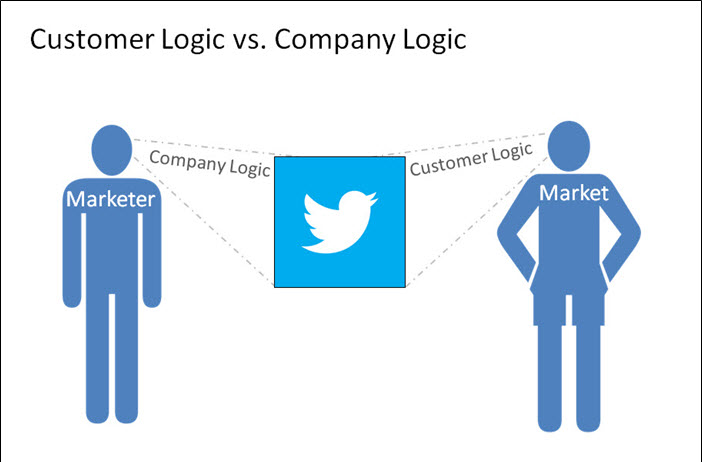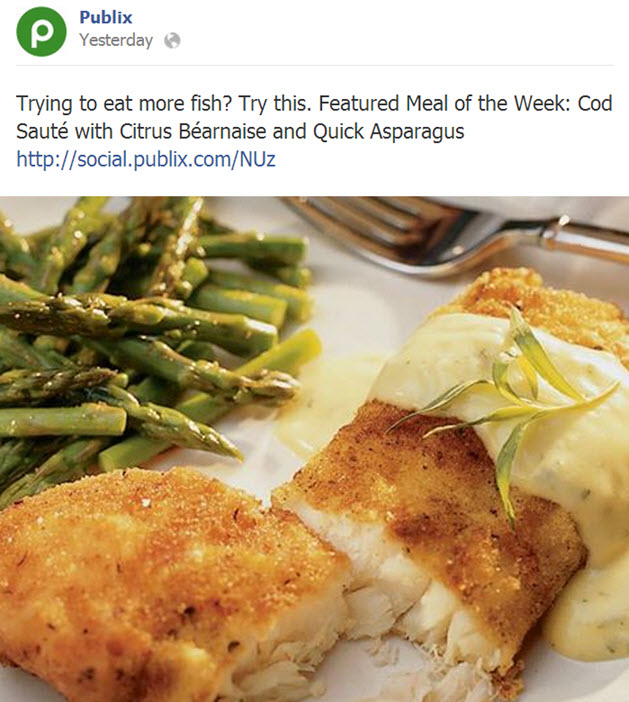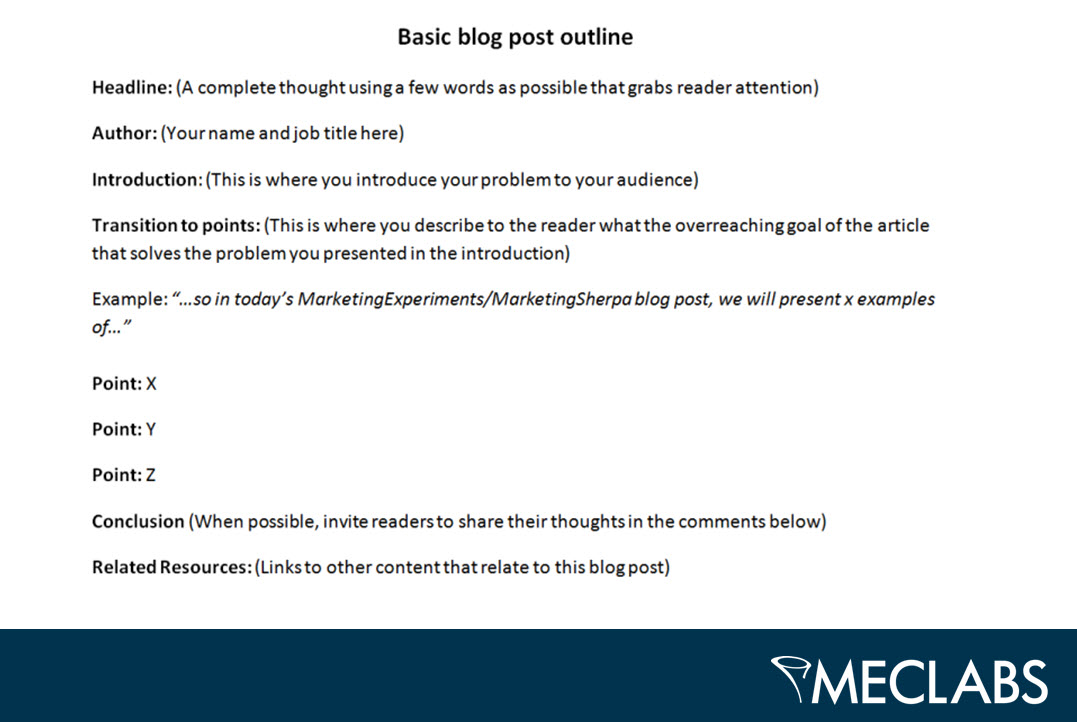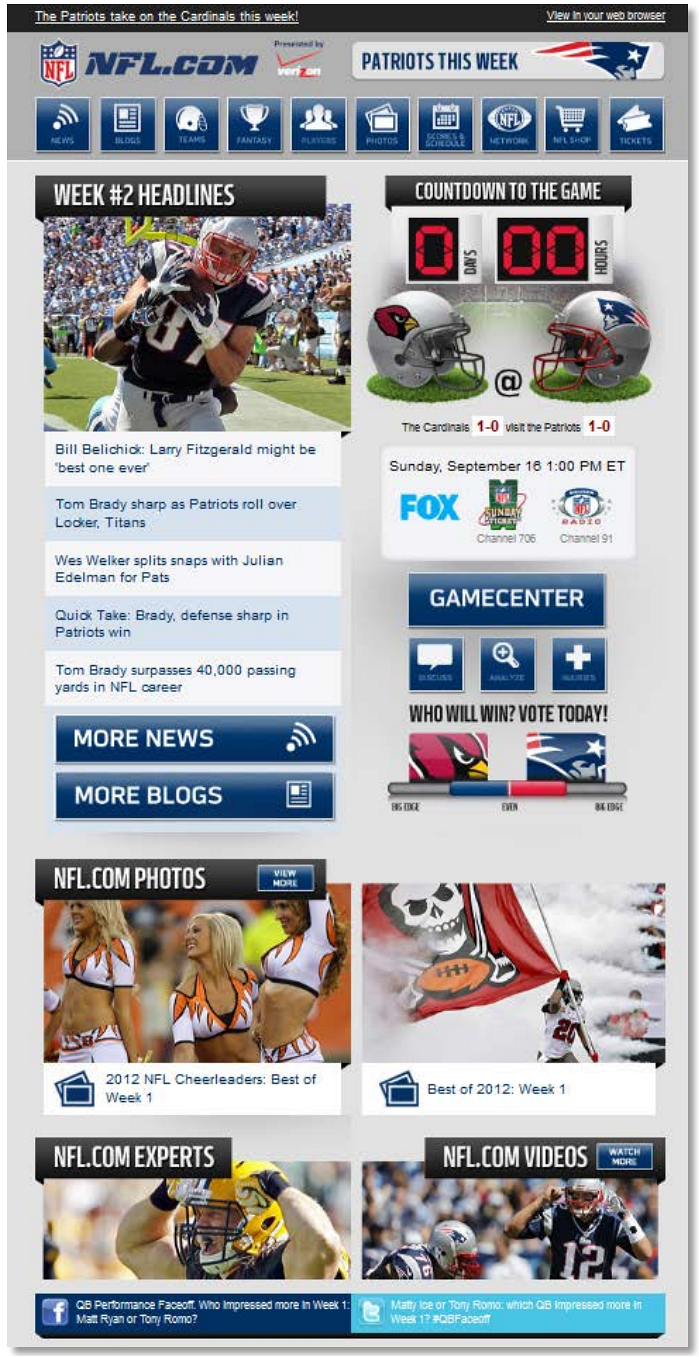Once upon a time, I was the new kid at school. Since I was a fairly athletic kid, I soon found myself in the midst of a pickup football game at recess. Imagine my horror when, despite my lack of knowledge about the competition, I was selected as a team captain.
I remember asking kids to explain to me, as quickly as possible, why I should choose them for my team. Some kids gave excellent reasons. “I’ve got good hands,” says one. “I’m the fastest kid here,” chimed in another. Many of the kids, however, never offered any answer to my question. Some of them ended sitting out the game because they couldn’t articulate why they should be picked. In football, as in social media, the key to getting picked is selling yourself.
You’re probably used to selling your products, but do you sell your social media?
Here’s what I mean.
How does value proposition relate to social media?
The fundamental value proposition question is:
“If I’m your ideal prospect, why should I buy from you rather than any of your competitors?”
I’ve even heard the phrase expanded in an academic environment to include this add-on phrase: “or do nothing at all?”
The “do nothing at all” is an important distinction because given a set of equally depressing options, a consumer may elect to forgo any product purchase at all.
Therefore, the smart companies tailor product development efforts in such a way the value proposition question produces a satisfying answer in regard to product offerings.
This leads me to another important question.
If product developers know that answering the value proposition question effectively is the key to successful product development, then why can’t a similar logic be applied to your social media efforts?
Whose problem are you solving?
The biggest problem I see with most social media marketing campaigns is usually a paradigm problem. It’s also the primary reason why a company won’t ultimately become successful in the medium.
When companies launch marketing efforts, it’s generally to boost sales. But social media, however, is only successful when content solves a customer problem, not a lack of sales problem.
In other words, most companies are not asking the right value exchange questions. Let’s take Twitter for example.

The prevalent mindset is a company-centric focus of “how can we sell products using Twitter?” instead of a customer-centric focus on “why should potential customers engage our Twitter feed rather than any of our competitors’?”
Consequently, it would do well for marketers to stop and ask the fundamental question, “Is there any true value in our marketing proposition?”
From my experience, when marketers begin to ask these deeper questions about their social media content, the conversational ratio of their posts begins to change – usually for the better.
Here’s another fantastic illustration of my point.
Do this:

Not this:

Notice how Publix has given the visitor a solution to their problem of wanting to eat more fish. They’ve included a free fish recipe, and a mouthwatering image of a completed meal.
The value of this post is clear and easily recognized. I want to engage with this content because doing so will enable me to cook a great fish meal for my family and achieve my goal of eating more fish.
The hoodie retailer, on the other hand, clearly has no answer to the question of why a user would want to engage with the content. Other than the gratuitous pandering about Saturday tailgates, the retailer makes no effort to solve any problem for the customer.
It even goes as far as to command the customer to “shop now.” Anybody who’s ever crafted a call-to-action knows that dog won’t hunt.
This post is designed to solve the retailer’s problem: the need to sell hoodies. It holds no value for customers whatsoever.
Read more…















